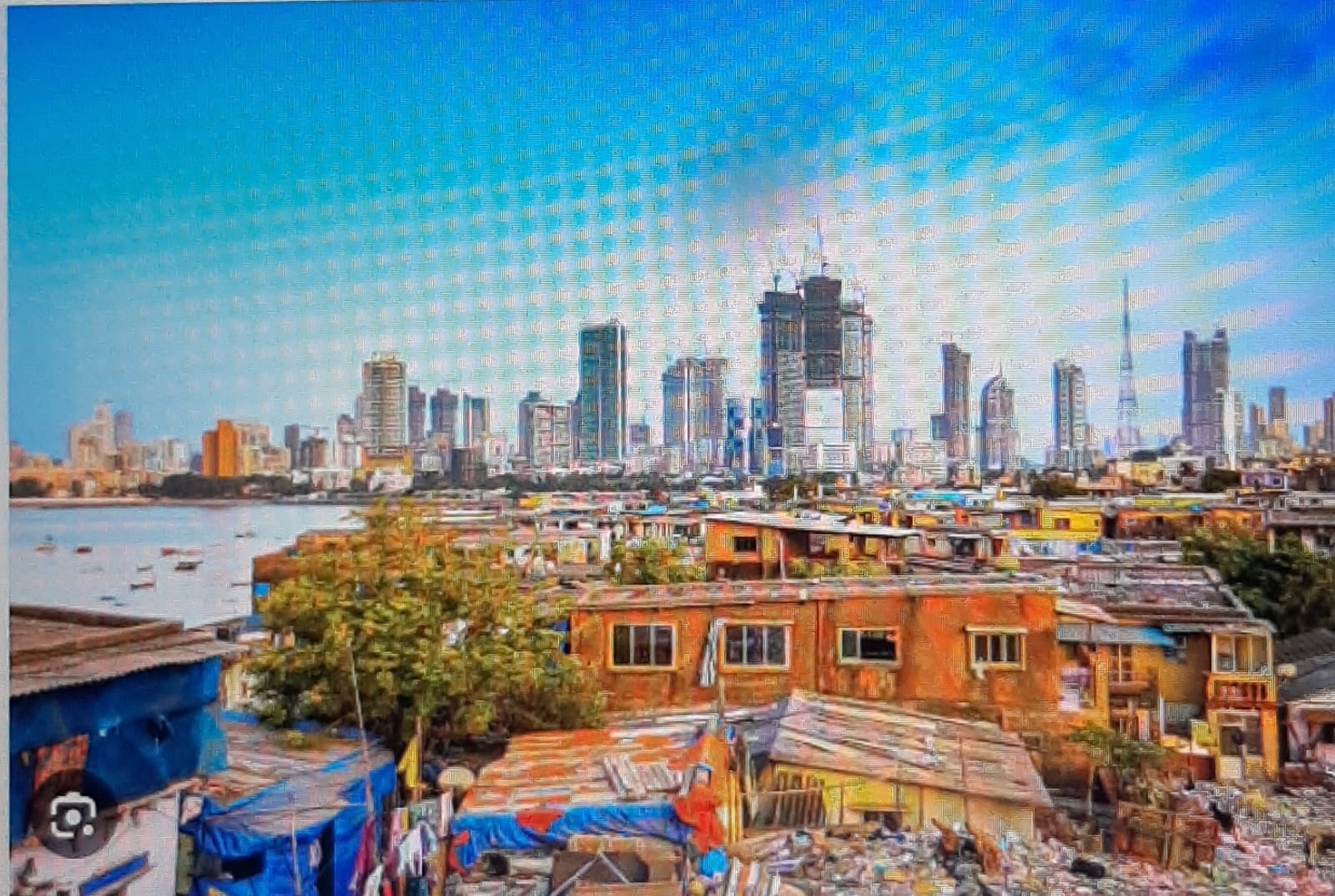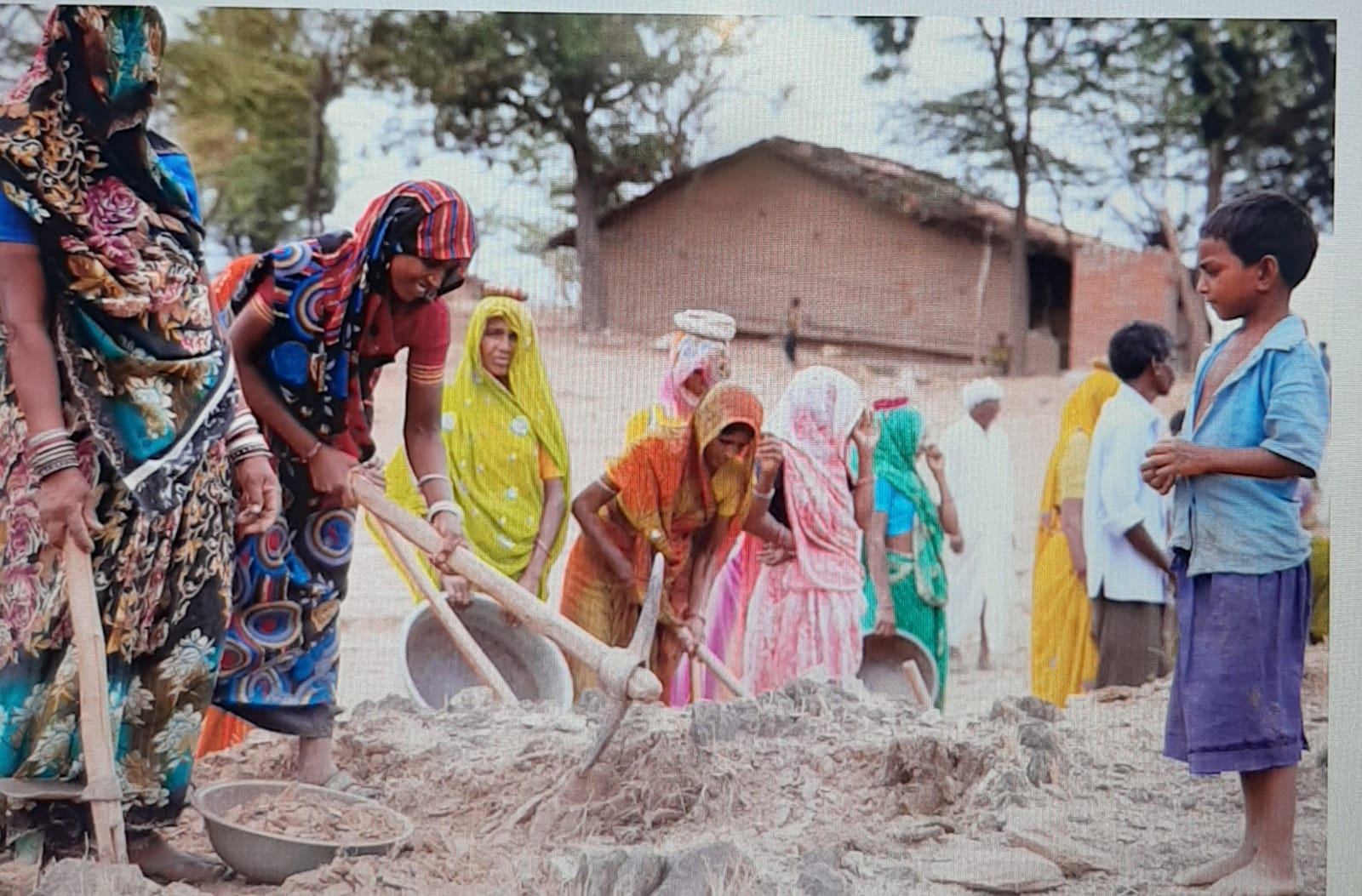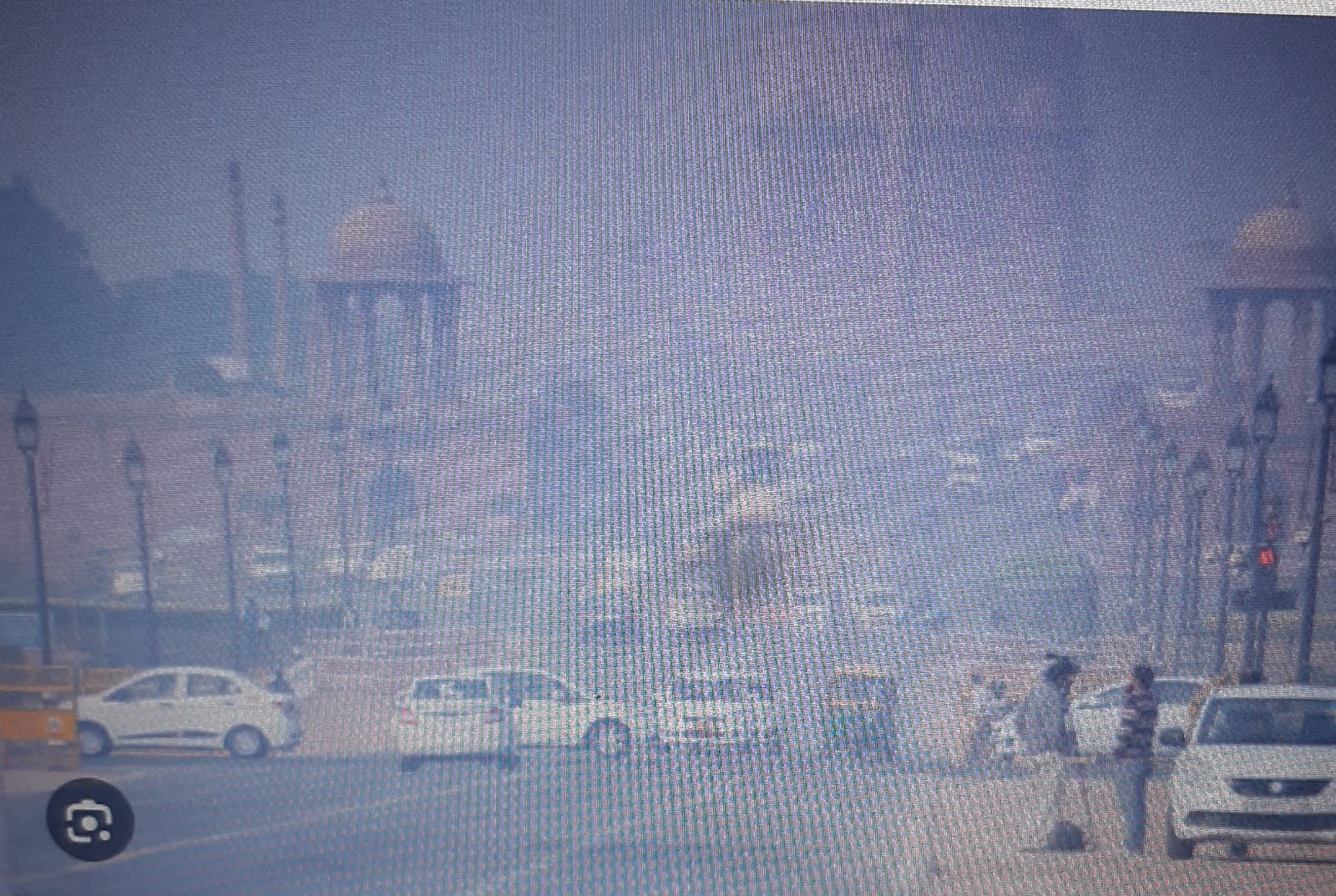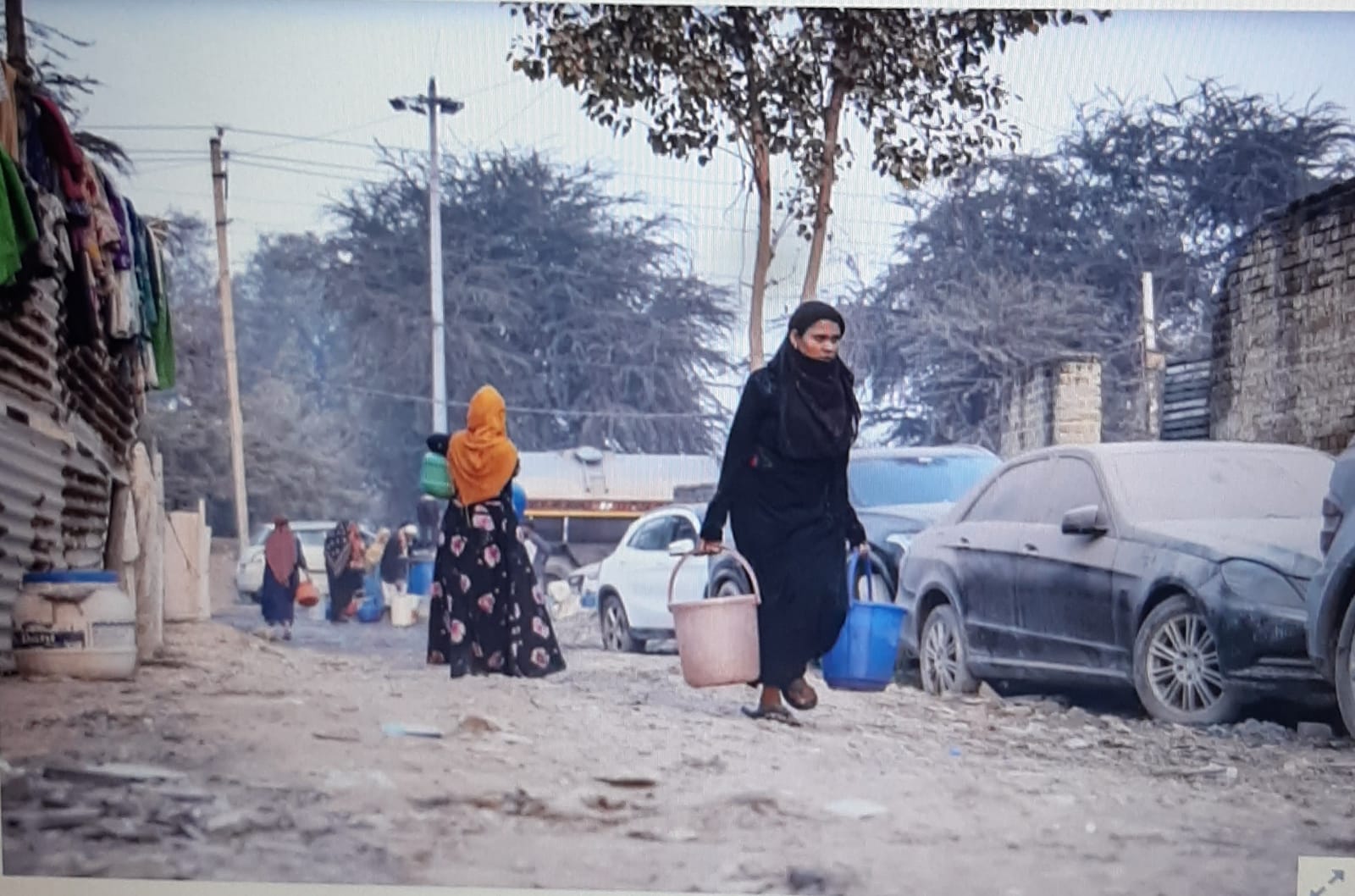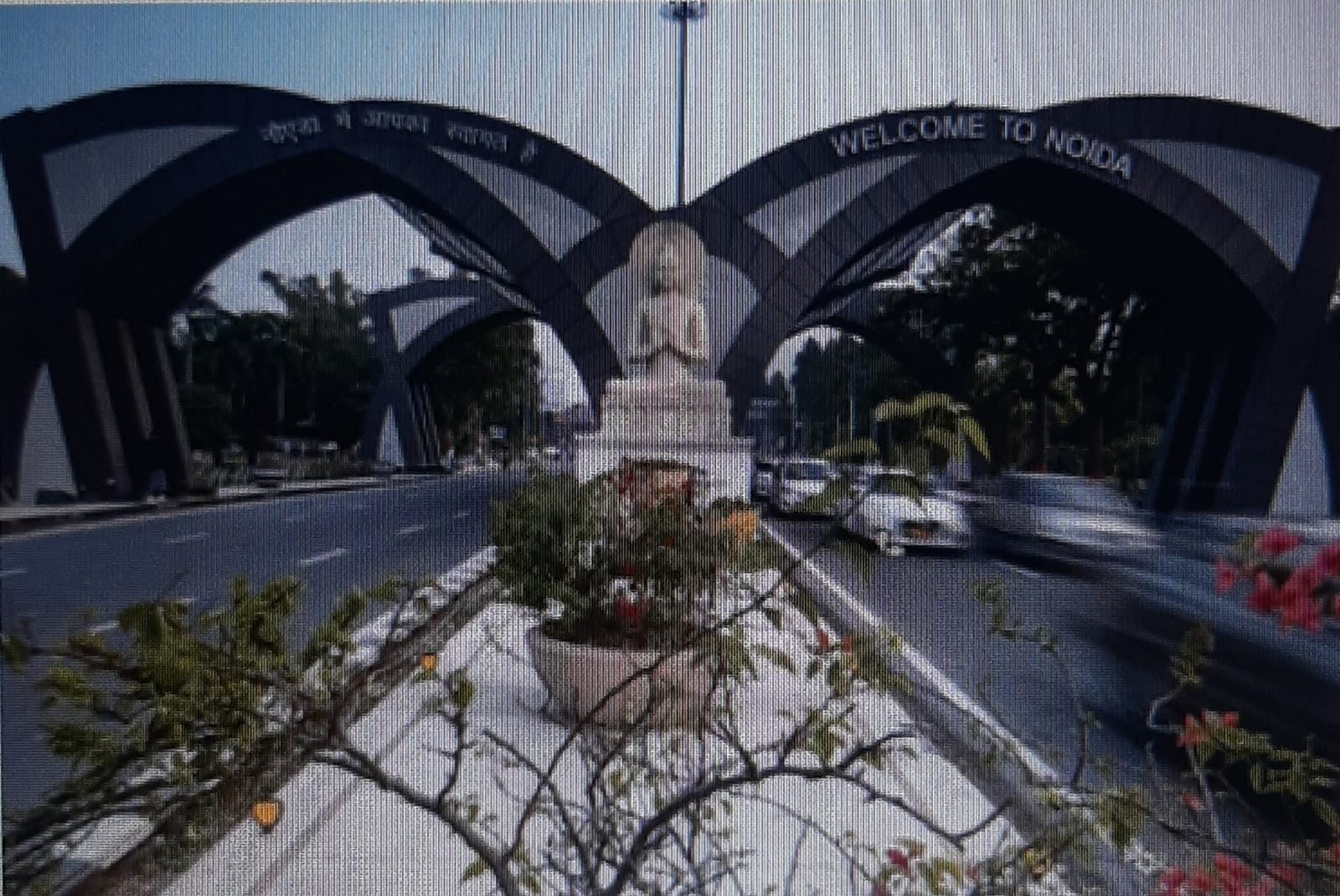
The real issue is the complete lack of attention to putting in place a democratic, accountable governance structure in place in these ‘industrial townships’! Existing NOIDA model is a classic example of a bureaucratic organization with the Chief Executive Officer functioning as a modern day ‘Zamindar’! The Board of Directors and the Authority comprise wholly of bureaucrats and there is virtually no place for any elected representative – not even the MP and/or MLA, writes former IAS officer Sunil Kumar
If one were to assert that there is democracy deficit in India, most people would rubbish it and claim that India, on the contrary, has surfeit of democracy. Perpetual, ongoing cycle of some election or the other in some part of the country would be cited as evidence and a case would be made out for ‘one nation, one election’! Proponents of this idea advocate holding of national, state and local elections at the same time – once in five years. However, not many people would believe that there are lakhs of voters in democratic India who have only ‘two’ votes and not ‘three’!
Let me explain this ‘two’ and ‘three’ vote conundrum. A voter in India should be having three votes – one for electing their Member of Parliament (MP), two for electing their Member of Legislative Assembly (MLA) and three for electing their Urban or Rural Local Government representative. In fact, voters in rural areas having three tier Panchayati Raj structure have minimum three and maximum four votes as they vote to elect their Ward Member, the Sarpanch (in States where they are directly elected), the Block Panchayat and District Panchayat member. Similarly in urban areas where Mayor is elected directly, urban voters will have two votes – one for electing their Ward Councillor and the other the Mayor. This depends on the provisions contained in the State specific Panchayati Raj and Municipal Acts. So, a voter in these States would have not ‘three’ votes but, in effect six votes in rural areas and five votes in urban areas.
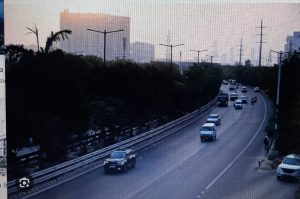
Be that as it may, in a federal country having three tier governance structure after the enactment and notification of the 73rd and 74th Constitution Amendment Acts in 1993, a voter should have at least three votes. Just as the territorial boundaries of the country and States are fixed and the entire area is covered in 543 Lok Sabha constituencies and the respective Assembly constituencies in a State, conceptually, entire territory in a State should be equally covered under rural or urban local government constituency. All rural areas should be covered under some Gram Panchayat or the other and all urban areas should be under a Town Area, Municipality or a Municipal Corporation. But that is not always the case.
A case in point is the area under Industrial Development Authorities. For instance, as per 2011 Census, the population of Gautam Buddha Nagar District in Uttar Pradesh was 1.65 million and it is estimated that about 70 to 75% of its population is now residing in areas notified under NOIDA, Greater NOIDA and Yamuna Expressway Industrial Development Authority (YEIDA). If this urban population is taken as 1.2 million, it means that those above the age of 18 years in this 1.2 million have votes in Parliament and Assembly elections but do not have vote in Urban or Rural Local Government elections since there are no urban or rural local bodies in existence in areas that have been notified under the Uttar Pradesh Industrial Area Development Act, 1976. In fact, as per provisions contained in Section 12A of the said Act (inserted following an Amendment in 2001) existing Gram Panchayats cease to exist once they are notified under the Industrial Area Development Act and people, who hitherto were exercising that choice are deprived of their vote in local government elections. This is disenfranchisement of voters and this is happening in independent India!
The struggle of residents of 207 villages in Noida and Greater Noida who vociferously protested in 2015 to get back their right to local self-governance has been well documented. A writ petition no.- 50154 of 2016, Shri Niwaz Nagar And Another vs. State Of U.P. & 5 Others was filed in the Allahabad High Court wherein petitioner prayed, interalia, for declaration of Section 12-A of the U.P. Industrial Area Development Act, 1976, U.P. Act no. 6 of 1976 as ultra vires and quashing of the notification dated 18th December, 2015 and official letter of the Special Secretary State of Uttar Pradesh dated 10th September, 2016, as well as Official letter of the Director, Panchayati Raj dated 12th September, 2016 as null and void. The writ petition was dismissed by Allahabad High Court on grounds that constitutional validity of Section 12A has been upheld by a two-judge bench of Allahabad High Court in Rakam Singh vs. State of UP & 5 Ors. vide it’s order dated 1.5.2015. In this paper the case laws are not being examined. That would be matter for a separate paper. Here it would suffice to state that residents of 207 villages were left without a vote and voice in local self-governance.
In Uttar Pradesh, so far, seven Industrial Development Authorities have been constituted under the Uttar Pradesh Industrial Area Development Act, 1976. These are New Okhla Industrial Development Authority (NOIDA) in 1976, Greater New Okhla Industrial Development Authority (Greater NOIDA) in 1991, Gorakhpur Industrial Development Authority (GIDA) in 1989, The Taj Expressway Industrial Development Authority in 2001 (later renamed as Yamuna Expressway Industrial Development Authority (YEIDA) in 2007) and Uttar Pradesh Expressway Industrial Development Authority (UPEIDA) in 2007. Erstwhile Uttar Pradesh State Industrial Development Corporation (UPSIDC) has also been transformed into an Industrial Development Authority now. The seventh industrial Development Authority to be set up by Government of Uttar Pradesh is Bundelkhand Industrial Development Authority (BIDA) in 2020. Vide notification issued in 2001 after insertion of Section 12A in UPIAD Act, 1976, 207 villages of Noida and Greater Noida were deemed industrial development area and made part of industrial township under the proviso to clause(1) of Article 243Q of the Constitution. In 2009 another 982 villages were notified as part of YEIDA. While in the face of public protest, the said notifications of 2001 and 2009 were stayed in 2005 and 2010 respectively, subsequently notification relating to 207 villages was re-issued in 2015 and the said notification has been held legally valid by the Allahabad High Court. Position in respect of 982 villages is not clear. Reports suggest that another 84 Gram Panchayats coming under the proposed BIDA are set to lose their identity under said Section 12A! So far 293 villages have been notified under Greater Noida and this number varies for other Industrial Development Authorities in Uttar Pradesh.
It is evident from above that the development strategy adopted by Government of Uttar Pradesh is largely based on replicating the Noida model all along the existing and proposed expressways that are likely to come up in the next five years. These range from Agra – Lucknow Expressway; Purvanchal Expressway; Bundelkhand Expressway; Gorakhpur Link Expressway; Ganga Expressway to three Link Expressways – Chitrakoot Link Expressway linking Chitrakoot with Bundelkhand Expressway and Link Expressway projects for joining Agra – Lucknow Expressway with Purvanchal and Ganga Expressway. Coupled with the Defence Industrial Corridor along the Bundelkhand Expressway and the approval granted by the State Government to establishment of new Noida called ‘Dadri-Noida-Ghaziabad Investment Region (DNGIR)’ spread over an area of 209.11 sq. kms. by 2041, it is evident that in the next decade or so, a few thousand villages spread across scores of districts of Uttar Pradesh would be notified as part of the industrial area and would lose their identity as Gram Panchayats under the said Section 12A!
The issue here is not growing urbanisation. By all accounts, even in Uttar Pradesh urbanisation would happen at an increasing pace in the next two decades and it is being spurred by the improving transport infrastructure in the State. Uttar Pradesh has the largest road length of expressways and most international airports. It is also not a bad thing if more people find employment in manufacturing sector in the State and the large migration of labour from Uttar Pradesh to Maharashtra, Gujarat, Punjab, Hyderabad and Bengaluru declines over the next decade or so. Shift of workers from agriculture to manufacturing and services sector would also be most welcome given the marginal size of agriculture holdings in the State with over 90 percent of them being below one acre.
The real issue is the complete lack of attention to putting in place a democratic, accountable governance structure in place in these ‘industrial townships’! Existing NOIDA model is a classic example of a bureaucratic organization with the Chief Executive Officer functioning as a modern day ‘Zamindar’! The Board of Directors and the Authority comprise wholly of bureaucrats and there is virtually no place for any elected representative – not even the MP and/or MLA. This is a regression even from the Uttar Pradesh Urban Planning and Development Act, 1973 which led to the creation of Development Authorities in major cities and towns of Uttar Pradesh which had provision for constitution of an Advisory Council wherein local MP and MLA and those MPs of Rajya Sabha and Legislative Council whose notified residence happened to be in the Development Area were members. Further, even though the local Municipal Corporation or Municipality had no say in the affairs of the Development Authority, residents of the area notified under the Development Authority were not denied their right to vote and elect the councillor in elections to urban local bodies. Further, once development work was completed, the area was to be transferred to the concerned Municipal Corporation or the Municipality. The Uttar Pradesh Industrial Area Development Act, 1976 has no such pretense. It may be noted that this Act was passed during the period of Emergency when most of the Opposition party leaders were in jail!
How come this patently non-democratic and unaccountable institution has not only survived but has continued to flourish? Why have political parties covering the entire spectrum ranging from Congress, BJP, Samajwadi Party to Bahujan Samaj Party, far from objecting have actively collaborated to promote NOIDA model of development? Since 1995 serious shortcomings in the functioning of NOIDA have come to the fore including in Audit reports of CAG and several officers posted as CEO have faced and continue to face the CBI, Vigilance Department and the ED! Some have even been convicted and one officer, chosen as one among the ‘three most corrupt’ officer by the IAS fraternity itself in a unique experiment carried out in 1996 and 1997, faced this ignominy largely due to acts of omission and commission carried out during her tenure as CEO of NOIDA. Still successive governments have not only turned a blind eye to these goings on in the Industrial Development Authorities but have actively used it to run as it their personal fiefdom! And most bureaucrats have been and, continue to be, more than happy to oblige.
One would have expected that after the passage of the 73rd and 74th CAA, public representatives would have clamoured to set this anomalous situtation right by setting up suitable urban local government institution in the industrial development areas. But that was not to be. On the contrary, an exception clause in Article 243Q (1) has been used to perpetuate this undemocratic institution. Since democracy and federalism were declared to be part of the ‘basic structure’ of the Constitution by the Supreme Court way back in the Keshvanand Bharti case judgment delivered on 24th April, 1973, it should have been obvious to lawmakers that NOIDA model is a democratic and federal anachronism. It does not serve the interests of the citizens.
This is what citizens, especially those residing in rural areas, are fighting and agitating against whether it be in the case of residents of 207 villages which were notified in 2015 or in case of villages falling under Yamuna Expressway Industrial Development Authority area where land is currently being acquired. Five new townships are proposed under YEIDA including New Agra Industrial Township near Agra on the Yamuna Expressway. So not only are the villages being deprived of self-governance institutions in perpetuity but even the new townships have no urban self-governance institutions worth the name. This is clear violation of the spirit of 73rd and 74th CAA if not the letter! What is being passed off as industrial township is in fact ‘real estate development’ where Government is using its monopoly over state power, land and power to change ‘land use’ to deprive citizens not only of their agricultural land but even their democratic right to self-government.
How helpless citizens feel is evident from the case of Sadullapur village in Greater Noida West which was declared a ‘smart village’ in 2015 and till date a 5 km stretch of pot-holed roads, garbage strewn all around and open manholes and sewers greet visitors as per a report published in The Indian Express on September 11, 2024. And this village has a population of 20,000 residents. This village is one of the many notified in 2015 and according to the news report, residents rue the deterioration of basic facilities after the village panchayat system ended in Noida in 2015. To quote a local resident Deepak Garg “Our life was better, when we had Pradhan. We have only been fooled, disrespected and cheated for all these years.” A common refrain in these villages is that in the absence of elected representatives, there is no appropriate grievance redressal mechanism in place.
Hence, from the citizen’s point of view, abolition of Gram Panchayats and their replacement with a non-responsive bureaucratic system wherein builders, industrialists and those with ‘money bags’ have access to the officials in the Authority and absence of any institutional mechanism like the Gram Sabha has made them weak and helpless. To cope with rapid changes due to urbanisation happening all around itself was taxing enough and added to that their disenfranchisement in local government elections has further accentuated their problems. This democracy deficit is something which only those who have been left without a vote in local government elections experience most acutely and especially the residents of erstwhile Gram Panchayats. However, it would be of interest to examine why no such demand is being made by residents of the urban areas. Is it because of the emergence of the concept of exclusive ‘gated community’ where first the builder/developer and then the residents through their Resident Welfare Associations are tasked with performance of civic functions even if residents have to pay huge amount as O&M charges? Or is it that the expectation of citizens from urban local governments is so low that they do not care whether they have an urban local government or not?
Without governance reforms in these industrial development areas, the situation is likely to get worse. Government of Uttar Pradesh is likely to set up several new industrial townships in near future. Citizens of these notified areas would first lose their Panchayats and then would not get the Municipality or Municipal Corporation which Article 243Q promised. This is double whammy. In my view, not only is Section 12A of UPIADA, 1976 violative of the spirit of Article 243 and Part IX and Part IXA of the Constitution but entire Act needs to be looked afresh and appropriate governance structures need to be put in place which provides citizens right to vote and exercise control over the executive and makes the local government an accountable, transparent and responsive institution. Whether or not citizens will have a voice in matters of governance, even in so called ‘industrial townships’ in 21st century, is something that cannot be swept under the carpet any longer. A case in point is the establishment of Bokaro Steel City Municipal Corporation in 2017 in Jharkhand to oversee the city’s civic administration, infrastructure development and public services. Democracy deficit in the world’s largest democracy and India’s most populous State is surely a blot and must be addressed at the earliest.
(Author is Visiting Faculty in Gokhale Institute of Politics & Economics, a member of Pune International Centre and is a former civil servant. Views expressed are personal.)


